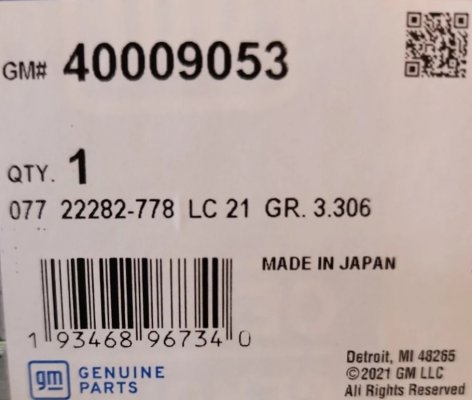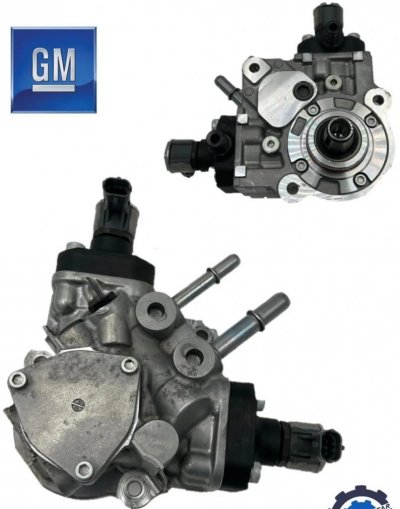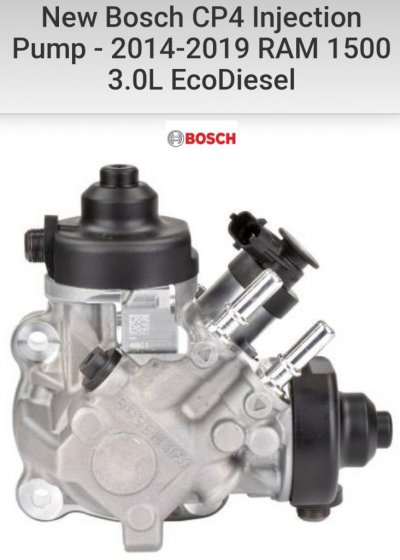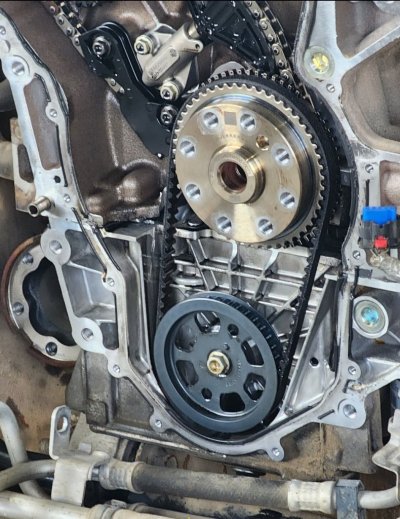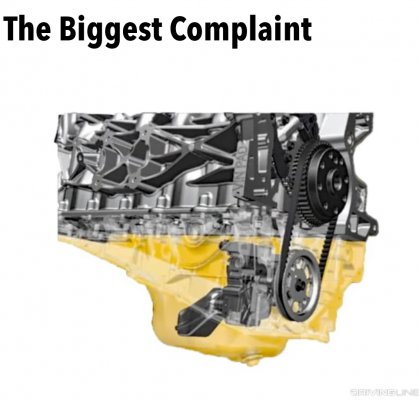Uh-oh........did not know GM made a science fair out of the cooling system. This is what wasn't hooked up right on my test drive truck from the factory, causing it to overheat. Dealer fixed it later. Anything this convoluted is bound to fail sooner rather than later -
Cooling System
3.0L Duramax engines utilize a unique, highly complex active thermal management system. The engine coolant control valve, an assembly of 3 independently operated electrically actuated valves, manages engine coolant distribution through the engine block, cylinder head, heater core, transmission cooler, and engine oil cooler. The primary goal of the system is to distribute engine coolant where and when it is needed in order to provide rapid engine warm-up and maintain combustion chamber temperatures (note that combustion efficiency is closely related to operating temperature). To protect the cooling system from overheating, coolant flow through the EGR cooler is continuous.
To facilitate the operation of this system, 7 engine coolant temperature sensors are strategically mounted throughout the system. While a standard engine driven water pump is employed for primary engine cooling needs, a variable speed electric water pump supplies coolant through the charge-air-cooler circuit. Additionally, a second electric water pump is used in low ambient temperatures (< 59° F) to keep hot engine coolant circulating through the heater core during start-stop operation. The sole purpose of this device is to maintain cabin heater functions during cold weather operation when the engine is stopped; function of this electric water pump is disabled while the engine is running.


